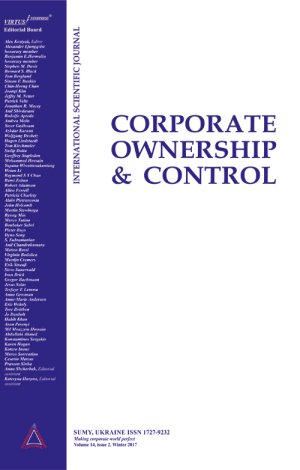
-
 Journal menu
Journal menu

- General information
- Editorial Board and External Reviewers
- Journal Policies
- Publication Ethics and Malpractice Statement
- Instructions for authors
- Paper reviewing
- Article processing charge
- Feedback from stakeholders
- Journal’s Open Access statement
- Order hard copies of the journal
- 50 most cited papers in the journal
ANALYSTS’ DISTORTED VALUATION OF HI-TECH STOCKS
Download This ArticleAbstract
This paper aims to examine the distorted valuations of internet companies during the dot.com bubble. The analysis is performed through a clinical study of Tiscali, the most known Italian internet company at the time. First, its IPO is presented, underlining the presence of the three typical phenomena: the decision to go public during a hot issue market, the initial underpricing, and the long run underperformance. Second, a content analysis of the reports issued by analysts in the period 1999-2001 shows the most common mistakes in using relative market valuation techniques. Third, an event study analysis shows the market reaction following acquisition deals announcements was often driven by irrational exuberance during the internet craze, but also that after the bubble burst the market eventually understood analysts over optimism. Other behavioral biases like overconfidence, but also heuristics like anchoring are discussed in the paper, as well as the need for analysts’ to insert in their toolbox new instruments provided by the behavioral finance literature.
Keywords: Analysts, Distorted Valuation, Internet Bubble, Overconfidence, Conflicts of Interests
How to cite this paper: Cervellati, E. M. (2012). Analysts’ distorted valuation of hi-tech stocks. Corporate Ownership & Control, 10(1-3), 380-395. https://doi.org/10.22495/cocv10i1c3art6

















